
KidSpeak’s Menu of Approaches and Services
-
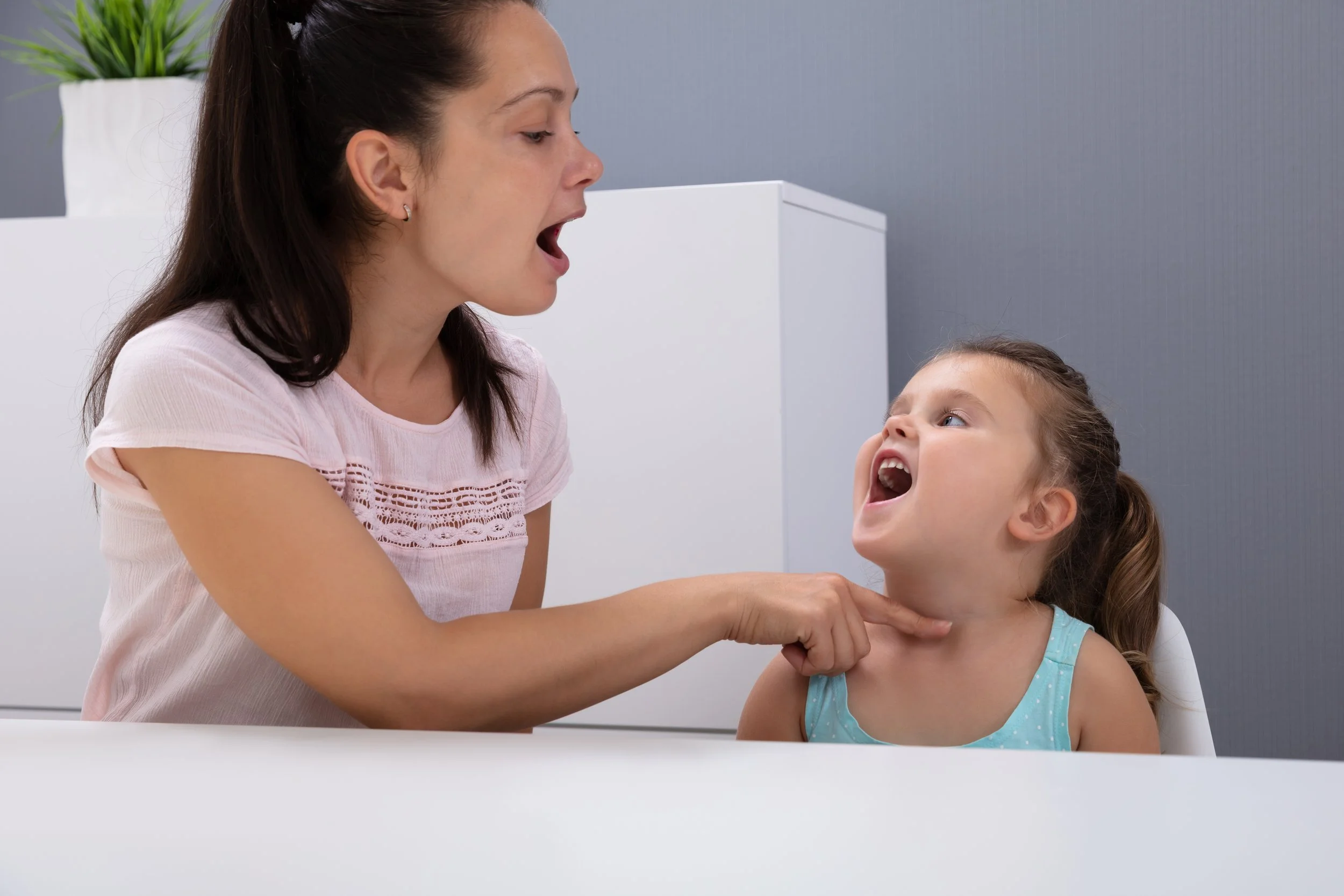
PROMPT Therapy
The PROMPT System Prompts for Restructuring Oral Muscular Phonetic Targets) was formally devised by D.eborah Hayden in 1980 after working extensively with/and researching varied speech production disordered populations...
-

Myofunctional Therapy
The prefix “myo” stands for muscle. Orofacial Myology (the basis for myofunctional therapy) is the…
-

SPELL-Links
Unlike traditional phonics and word study programs which begin with the written letter and teach students to match the letter to a sound (print to speech), SPELL-Links helps students…
-

LIVELY LETTERS LITERACY PROGRAM
Lively Letters is a reading program that turns abstract letters and sounds into lively, colorful characters. Forty-four letters and letter combinations are embedded into…
-
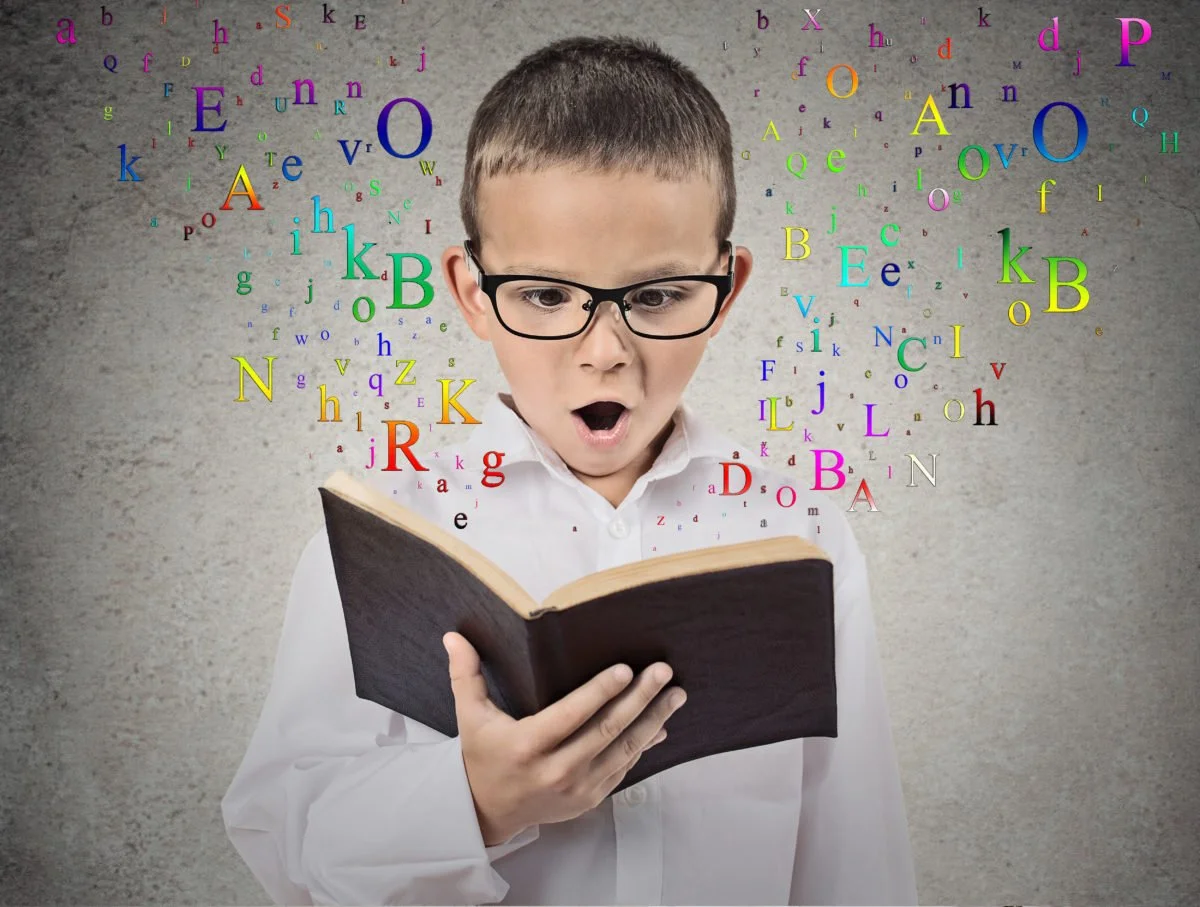
The Lindamood Phonemic Sequencing® (LiPS®) Program
While using the The Lindamood Phonemic Sequencing® (LiPS®) program, individuals become aware of the mouth actions which produce speech sounds. This awareness…
-

The Story Grammar Marker®.
The SGM® is an acronym for The Story Grammar Marker®. “Story Grammar” is the technical term for the parts of a story (narrative). Schools in many countries, including the United States, use…
-
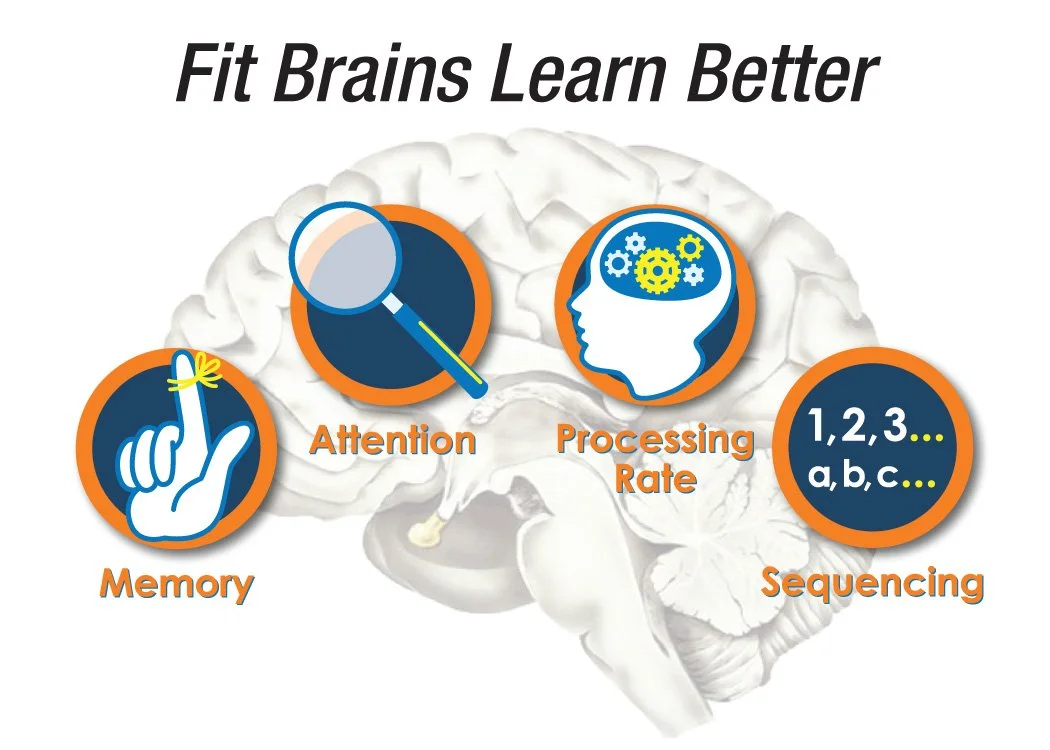
Fast ForWord®
The Fast ForWord® family of products are designed to help elementary, middle and high school students develop and strengthen memory and sequencing skills, attention, auditory processing, processing speed and the language skills essential for…
-
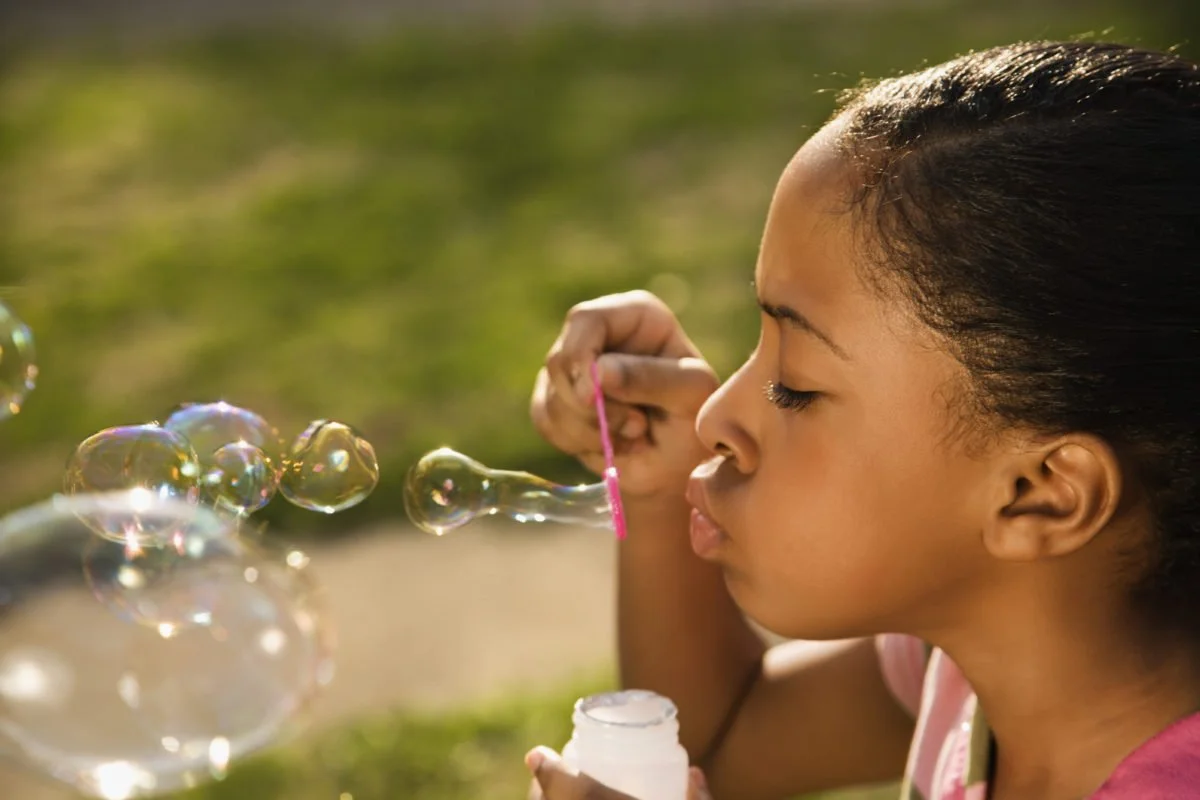
Oral Placement Therapy
At KidSpeak Therapy, we integrate Oral Placement Therapy (OPT)—pioneered by Sara Rosenfeld-Johnson—with targeted myofunctional therapy to support …
-
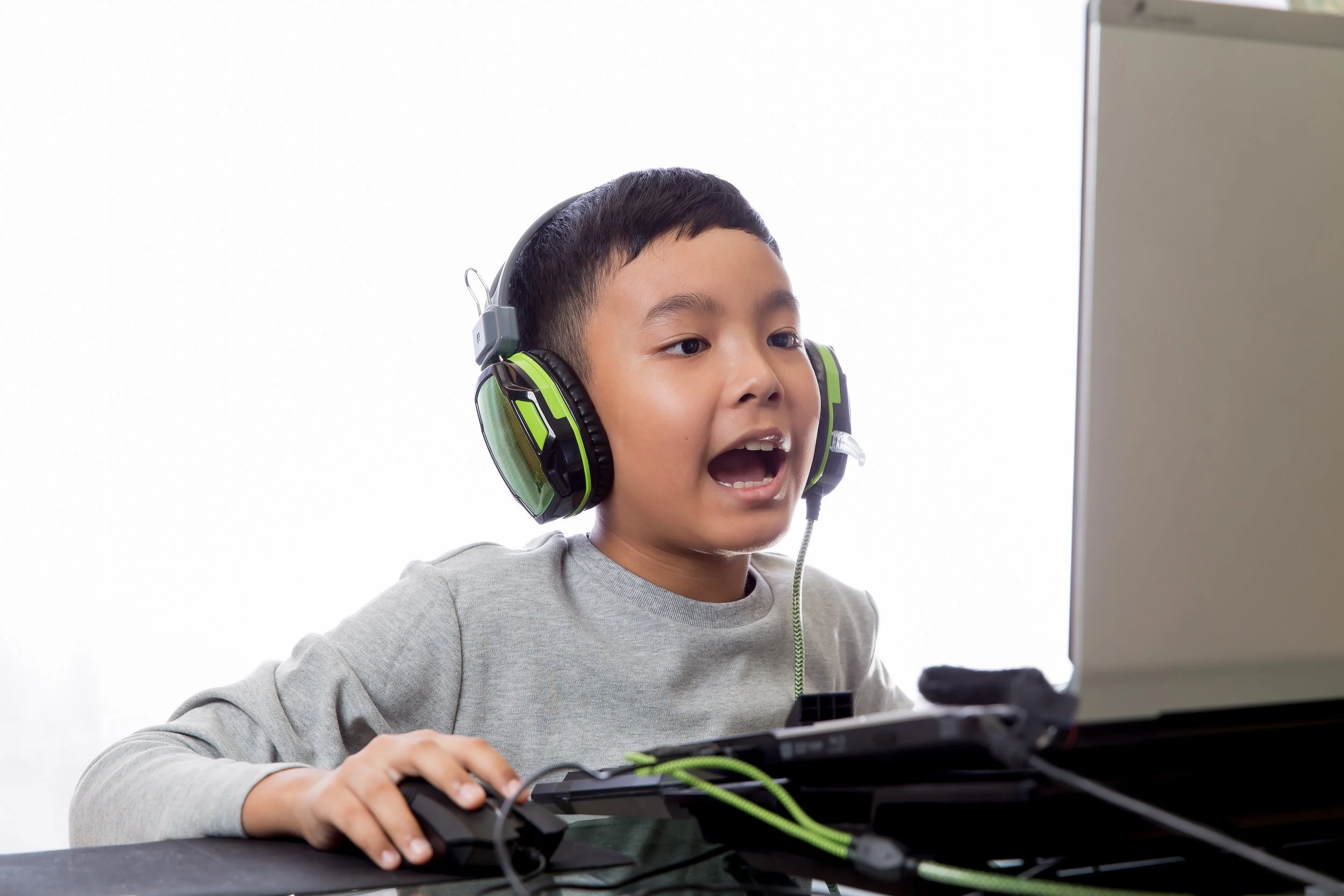
CAPDOTS™
CAPDOTS™-Integrated is a Dichotic Integration Listening Training Program that utilizes time lead-lag, interaural differences…
-
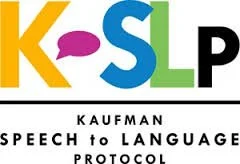
The Kaufman Speech to Language Protocol
The Kaufman Speech to Language Protocol is a way of teaching children with apraxia of speech the easiest way of saying words until…
-
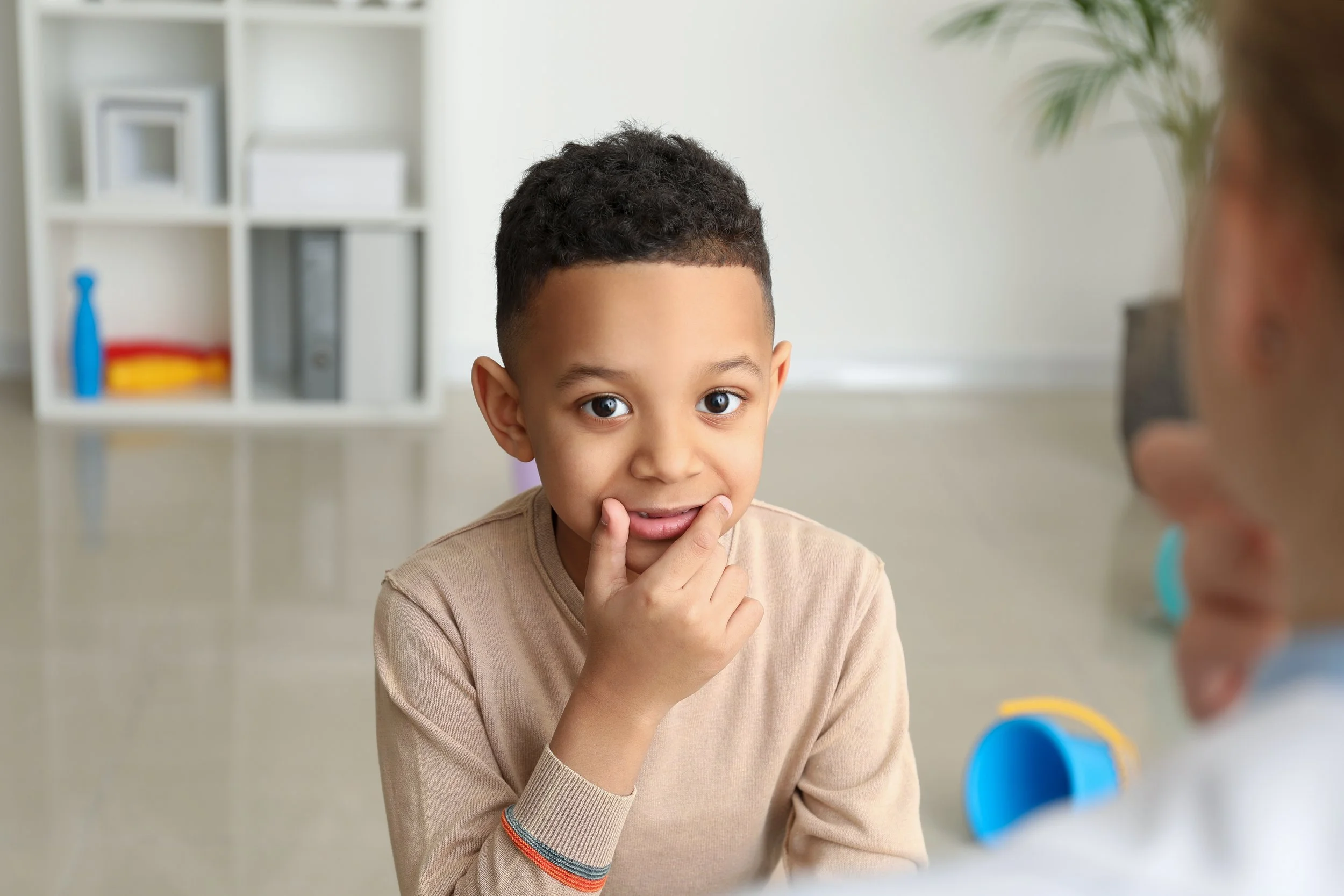
Articulation Therapy
Articulation and speech therapy helps children learn to produce sounds clearly and confidently so they can be understood at home, in school, and in everyday interactions. When a child…
-

Language Therapy
Language disorders affect how children understand and use words, sentences, and ideas to communicate. Some children…
-
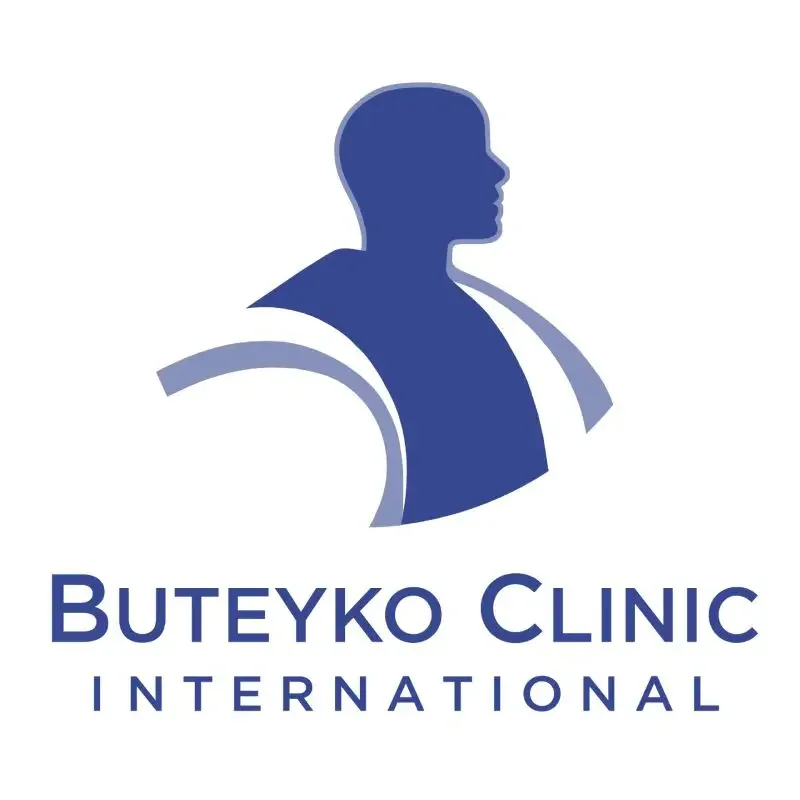
Buteyko Breathing Method
The Buteyko Breathing Method teaches children how to develop calm, efficient, nasal breathing patterns. These techniques can support kids who experience…

